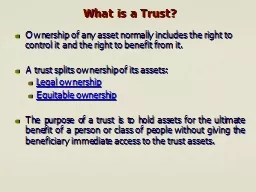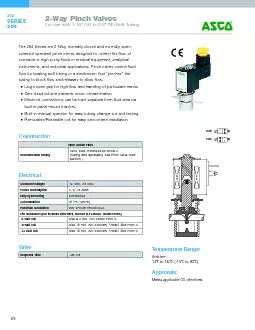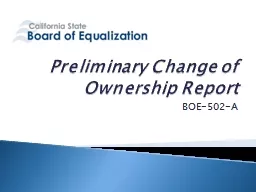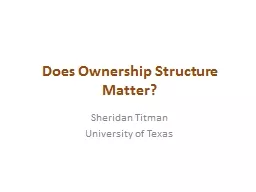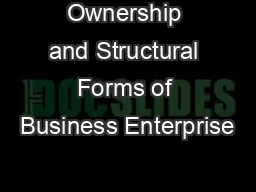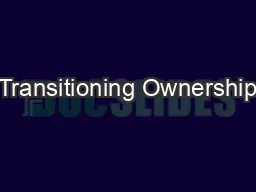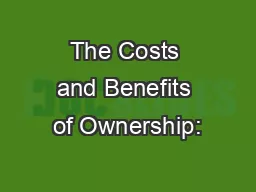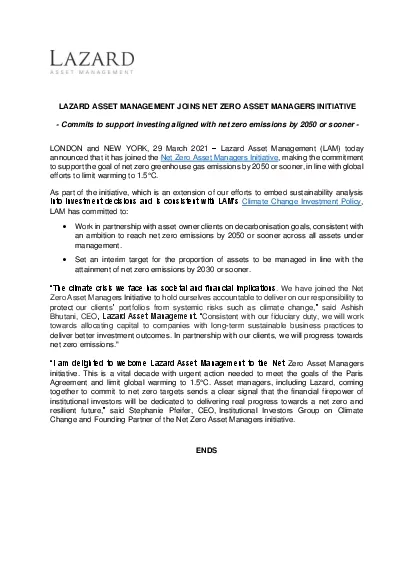PPT-What is a Trust? Ownership of any asset normally includes the right to control it and
Author : liane-varnes | Published Date : 2018-10-21
A trust splits ownership of its assets Legal ownership Equitable ownership The purpose of a trust is to hold assets for the ultimate benefit of a person or class
Presentation Embed Code
Download Presentation
Download Presentation The PPT/PDF document "What is a Trust? Ownership of any asset ..." is the property of its rightful owner. Permission is granted to download and print the materials on this website for personal, non-commercial use only, and to display it on your personal computer provided you do not modify the materials and that you retain all copyright notices contained in the materials. By downloading content from our website, you accept the terms of this agreement.
What is a Trust? Ownership of any asset normally includes the right to control it and: Transcript
Download Rules Of Document
"What is a Trust? Ownership of any asset normally includes the right to control it and"The content belongs to its owner. You may download and print it for personal use, without modification, and keep all copyright notices. By downloading, you agree to these terms.
Related Documents

